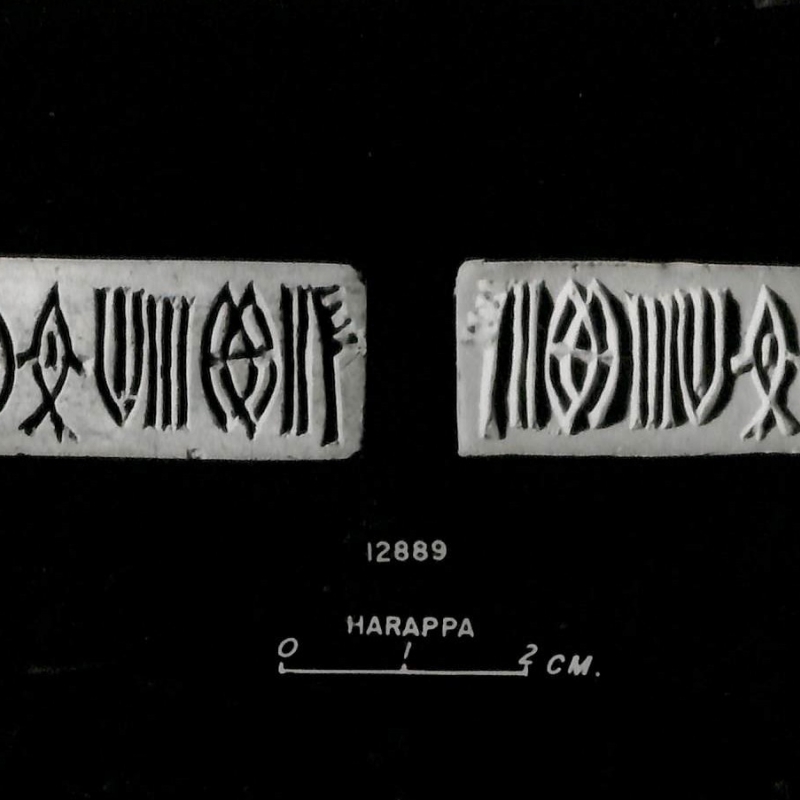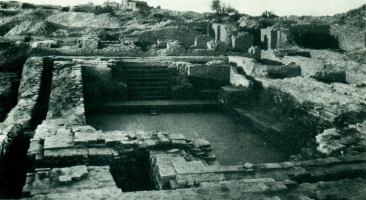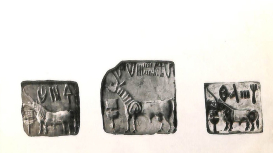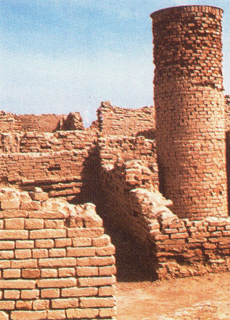It is almost a century since sites and remains of an ancient bronze age civilization were unearthed over the north-western region of the Indian subcontinent, along the Indus river. On the basis of its location and spread, this civilization has been named and renamed: from the Indus Valley Civilization, to the Sindhu-Saraswati Civilization, to the Indus Civilization. It has become a key subject of research for scholars of ancient Indian history. Historians and archaeologists have come up with a whole series of theories and hypotheses on various aspects of this civilization: its origin, beliefs and practices, communication and trade, crafts and metallurgy, administration, lifestyle, decline and more. Was it the offshoot or offspring of the Mesopotamian Civilisation to the north-western province of the Indian subcontinent (E.J.H. Mackay)? Or did its seeds lie in the evolution of the settled farming communities in Baluchistan (M.R. Mughal)? How and why did the Harappan Civilisation decline?—theories range from environmental factors like tectonic movements leading to continuous floods in the Indus river (M.R. Sahni), changes in climatic conditions (Gurdip Singh), pressure on ecology due to overexploitation (Fairservis 1979) to human factors like the Aryan invasion (Mortimer Wheeler) and decline in the trade with the Sumerians (Shereen Ratnagar).
What kind of religious life, belief system and ritual practices prevailed 5000 years ago in this earliest civilization of South Asia? The readings of material remains like seals, terracotta figurines, amulets and copper tablets suggest nature was central to the belief system. The striking level of cultural similarity across the Harappan sites in the subcontinent generates interest in the study of links and communications among these settlements. These links are established by studies of landscapes, and by the distribution across regions of raw materials, factory sites and finished products.





